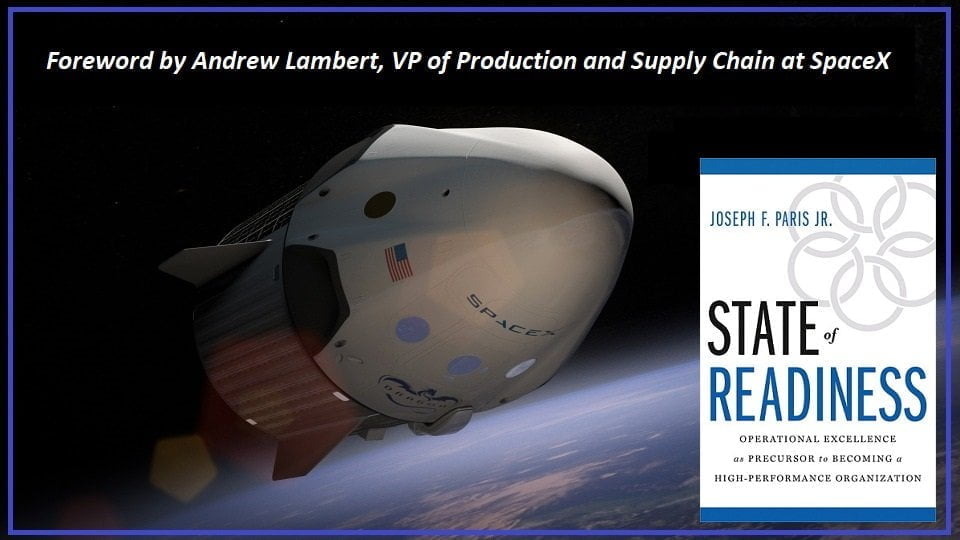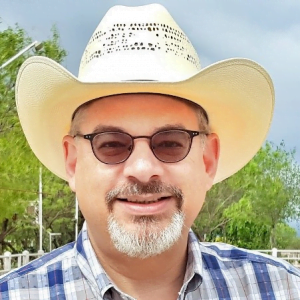Choose Your Hard
Life is a never-ending stream of decisions. From the moment we wake up in the morning to the time we go to sleep, we are making decisions. Even the very act of waking up and going to sleep is a decision. After all, we don’t have to wake up or go to sleep; we make the decision to wake up and go to sleep.
Like waking up and going to sleep, most decisions are easy. They don’t require too much thought and the risk profile is nominal.
But not all decisions we make are that easy.
Some require a bit more thought. For example, think about making plans for a vacation. First, you must decide where you would like to go, taking into consideration where everyone in your party might want to go and what they might want to do when they get there. Unless you are going to Yuma Arizona, where it’s warm and sunny almost all year long, you are going to want to consider the weather. And then there are the flights, auto rentals, and hotels to consider for budget, time, and costs-benefits (value).
Other decisions require considerable contemplation – and these decisions might even be overwhelming at times – with there being even more variables to contemplate and where the risks are amplified; like getting married, having children, and purchasing a house. And most of the time, these life decisions will not be able to be made unilaterally but involve others. Rather, the conflict and consensus will (should) lead to a negotiated solution where the intersection of considerations, which are shared and mutually agreed, reach a point where a decision can be made.
In many of these situations, there is no easy answer or easy way. We have to choose our hard.
Let’s start with an simple example and walk it through; losing weight.
Most of us can stand to lose a couple of pounds (or more). But losing the weight is going to require a level of dedication and discipline. We will need to give up certain foods or drinks that we enjoy. And we will have to adjust how we spend our time so that we can work exercise into our daily routine; not to mention adding some sense of urgency, such as a deadline. After all, who doesn’t want to look better and feel better when swimsuit season arrives. Losing the weight can be hard.
But what if we decide to not lose the weight. If we don’t change our ways, our habits, our lifestyle, we will only gain more weight. We might become less mobile or tire more easily. If we gain enough weight, threats to our health will appear with increased risks of heart disease, diabetes, and cancer. Ultimately, we might hasten our own death. Not losing weight can be hard.
Choose your hard.
We face similar choices in our businesses. A choice between two hards, neither of them easy; but one with short-term pain for long-term gain and the other an easier path but fraught with great peril, even doom.
Some examples:
Readiness
Readiness is a concept of having your company prepared for when things don’t go according to plan. You organize and align your efforts towards some vision. But all too often, you are blind to seeing challenges that might disrupt your plans. Maybe you don’t see the challenges because you are not scanning the horizon; perhaps you are scanning the horizon but you don’t see the challenges; maybe you see the challenges but don’t take them seriously enough; or maybe you have organized yourself too rigidly and are unable to engage the challenges. In any case, there is considerable risk to not preparing your companies and having it in a state of readiness to face whatever perils it might face.
But being ready is hard. And not being ready is hard.
Choose your hard.
Resiliency
Resiliency is the idea of having your company healthy enough to withstand challenges. Think of readiness as being able to play offense while resiliency enables you to play defense. If you can’t be ready, you better be resilient (best to be both). But being resilient means you have to work at building a healthy balance sheet so you have the resources to withstand the siege. It means you must have multiple revenue streams to withstand the sudden loss of one (or more) and you need a level of redundancy in your critical operations to cope with disruptions.
Some of these preparations might make you less “lean”. For instance, it might cause you to carry more inventory than you would like, but that safety stock you are carrying could mean the difference between continuing operations and not; a little fat to get you through the winters.
But being resilient is hard. And not being resilient is hard.
Choose your hard.
Supply Chains
Supply Chains are critically necessary to feed your systems and keep them producing. And maintaining a relationship with a vendor requires investment; in conducting due-diligence to ensure they can deliver what they promise to deliver; in audits to ensure they are producing quality product that you can use in your own production; and in on-going relationship management to ensure you are important to them when they are needed. Establishing and maintaining multiple relationships can be expensive and you might tend to not give enough attention and respect to your secondary (or tertiary) vendors; ignoring them until there is a desperate need and hoping you can quickly become a priority for them.
But having a strong supply chain is hard. And not having a strong supply chain is hard.
Choose your hard.
Plant and Equipment Maintenance
Plant and Equipment Maintenance is the life-blood of your organization. If your plant or equipment is down, you can’t produce the products for your customers. This pressure to produce might result in your deferring preventative (planned) maintenance on your plant and equipment, risking far more expensive remedial (unplanned) maintenance events. In some cases, especially in the process industries, deferring maintenance can be catastrophic; causing injury and death – sometimes beyond the footprint of the plant itself. Such unplanned events will almost certainly be far more costly than planned events.
But keeping your plant and equipment maintained is hard. And not keeping your plant and equipment maintained is hard.
Choose your hard.
Educating and Training
Educating and Training of your workforce is necessary to maintain a sharp edge on the sword that is your company. A properly educated and trained workforce will; produce more product and services, produce better quality product and services, operate more safely, and be happier and more fulfilled in their job. It will require investment to educate and train your workforce. But how much does it cost in reduced production, quality issues, employee turnover, and injury without investing in education in training? Do you risk falling behind your competitors who might have a better education and training program and resultant workforce than you?
But educating and training your workforce is hard. And not educating and training your workforce is hard.
Choose your hard.
Continuous Improvement
Continuous Improvement (including Operational Excellence), as with Education and Training, is critical for your organization to remain competitive; not having a program in place will soon find your company at a disadvantage. But just constituting a program without investing the time and effort up front in its planning and design will lead to a steady stream of challenges post-launch as the program seeks to discover its purpose.
You need to detail what program success looks like. Start by determining the purpose of the program; the “why”. Then consider the present business factors and circumstances as they exist and know what the priorities of the company are. And finally, ensure that all of this is in alignment with the expectations and aspirations of the company’s senior leadership. Failure here, focusing on the inputs rather than the outputs, puts your program in peril before it’s even launched.
But continuous improvement is hard. And not having Continuous Improvement is hard.
Choose your hard.
Digitalization Strategies
Digitalization Strategies will help to accelerate the achievement of your corporate vision by getting good information (data with context) from those who have it to those who need it in as expeditious a manner as possible so that sound decisions can be made more quickly. But as with Continuous Improvement, an overarching digitalization strategy must first be developed to ensure there is unity of the purpose and that all efforts are aligned to that purpose.
Implementation of disparate systems that serve as a salve for spot pains will not be as beneficial to a company as the incremental deployment along a plan in pursuit of the strategy. Digitalization can help to compress time, but only if you don’t build-in points of friction to slow you down.
But digitalization strategies are hard. And not having digitalization strategies are hard.
Choose your hard.
There are countless opportunities for improvement to bolster the health of your company and its value-chain so that it is better prepared to pursue its vision while simultaneously ready to withstand the perils it faces. I have shared just a few here.
And you will not be able to address them all at the same time for a variety of reasons including the uncertainty that the ever-changing business factors and circumstances bring to your decision-making and the risk and opportunity profiles that go along with it. Understanding what is important and what is not important as time goes on and you pass from one phase of the business cycle to the next will be a challenge to your prioritization of efforts.
Indeed, decisions are hard. And not deciding is the same as deciding. But you have the opportunity to choose your hard. If you don’t, someone or something will choose your hard for you.
Paris is an international expert in the field of Operational Excellence, organizational design, strategy design and deployment, and helping companies become high-performance organizations. His vehicles for change include being the Founder of; the XONITEK Group of Companies; the Operational Excellence Society; and the Readiness Institute.
He is a sought-after speaker and lecturer and his book, “State of Readiness” has been endorsed by senior leaders at some of the most respected companies in the world.
Click here to learn more about Joseph Paris or connect with him on LinkedIn.










